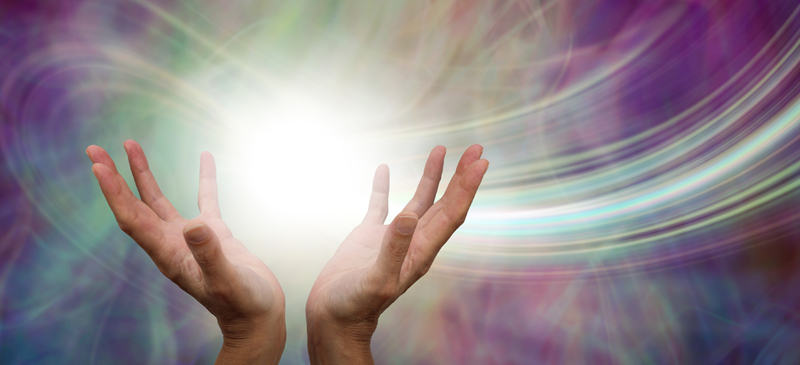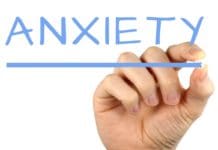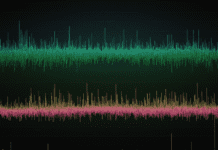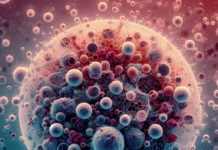Energy Healing: Ancient Wisdom for Modern Wellness
In today’s fast-paced world, many people are turning to complementary approaches to support their health. Energy healing stands out as a practice with deep historical roots that continues to gain attention for its potential benefits. This ancient medicinal approach has been used for thousands of years and focuses on balancing the body’s energy systems to promote overall wellness.
Understanding Energy Healing
Energy medicine is defined as “the therapeutic applications of subtle energies,” according to research published in Global Advances in Health and Medicine. While conventional medicine primarily addresses physical aspects of health, energy healing practitioners focus on non-physical components that they believe significantly impact our well-being.
Our bodies constantly interact with environmental fields like sound, light, electricity, and magnetism. These interactions generate information in the form of energy fields that influence our health. Humans have voltage potentials that affect cell function, and these energy units play a role in the therapeutic effects of energy healing.
The core purpose of energy medicine is to address energetic imbalances to help the body return to homeostasis. Practitioners believe that disruptions in human energy patterns can indicate disease and aging processes.
Popular Types of Energy Healing
Traditional Eastern Approaches
Acupuncture originates from Traditional Chinese Medicine and involves using thin needles to stimulate specific energy points. This practice aims to balance energy flow by targeting specific channels in the body.
Acupressure works as a touch therapy designed to improve the flow of “qi,” the human life force. The underlying belief is that stress blocks the natural flow of vital energy, and stimulating body meridians helps restore proper energy circulation.
Reiki, which developed in Japan, involves practitioners channeling a patient’s energy through light touch or by hovering their hands over the body. This technique aims to activate natural healing processes by allowing “life force energy” to flow through the patient.
Touch and Sensory Therapies
Reflexology has been practiced for over 4,000 years and uses hand and foot massage to stimulate the nervous system. Based on zone theory, it maps hands and feet into “reflex zones” that correspond to organs and body parts.
Healing Touch (or therapeutic touch) uses touch to influence the human energy system, balancing energy fields to benefit physical, emotional, and mental health.
Music Therapy engages multiple sensory organs through instruments and sound. Patients can incorporate touch, sight, and sound to process emotions like grief, sadness, loneliness, and gratitude.
Sound Energy Therapy uses specific tones to induce relaxation. The vibrations from sound promote deep relaxation, stress reduction, and improved sleep.
Spiritual Approaches
Healing Prayer combines spiritual practices like meditation and visualization to promote mindfulness. These practices aim to strengthen defenses against stressors, regulate cortisol levels, and combat stress-related conditions.
Key Benefits of Energy Healing
Pain Management
Research on acupressure, acupuncture, and healing touch therapy suggests that energy medicine may help relieve various types of pain. These approaches have shown promise for headaches, migraines, and back, knee, shoulder, and neck pain.
A meta-analysis demonstrated acupuncture’s effectiveness for chronic pain treatment, while a 2014 study found acupressure helpful for conditions including chronic headaches, labor pains, menstrual cramps, and lower back pain.
Sleep Improvement
Energy healing approaches may help reduce insomnia symptoms and improve sleep patterns. A systematic review in the Journal of Alternative and Complementary Medicine found that acupuncture outperformed medications in increasing sleep duration for many patients.
Complementary Care
Studies indicate that energy healing can serve as valuable complementary medicine to boost immunity and speed recovery for patients with serious health conditions. This includes supporting those undergoing cancer treatment, recovering from childbirth, or healing after surgery.
Reiki, acupuncture, healing touch, healing prayer, and reflexology can all complement conventional medical approaches.
Cognitive Support
Our senses significantly impact daily function and memory. Energy healing and sensory-stimulating techniques like music and touch therapy may help boost brain function and promote balance.
These approaches aim to cleanse and balance the body’s energy, potentially improving focus and concentration. Research suggests that reiki, music therapy, touch therapy, and multisensory stimulation can serve as alternative approaches for supporting those with dementia.
Mental Health Benefits
A study in Complementary Therapies in Medicine found that acupressure could alleviate PMS symptoms, including anxiety and depression. Many energy healing forms promote relaxation and overall wellbeing.
Spiritual healing particularly helps improve peace in your life, potentially reducing physical stress and preventing disease. Healing prayer, meditation, and mindfulness can impact hormone balance, helping lower cortisol levels, improve sleep, and enhance mood.
Enhanced Healing
Many energy medicine forms help improve mood and create a relaxed, balanced state, potentially promoting healing and supporting immune function. A critical trial from 1989 found that music therapy reduced cardiac complications.
This benefit likely stems from reduced cortisol levels, allowing the body to recover, repair, and heal naturally.
Safety Considerations
Energy healing appears generally safe when practiced by trained professionals. However, these approaches should complement rather than replace conventional care. Continue seeing your healthcare provider, especially when dealing with health issues.
To minimize potential risks, choose reputable practitioners who have proper training and can provide referrals.
The Future of Energy Medicine
Some scientists believe that stimulating the human energy field should work alongside standard modern medicine practices to treat and understand the entire human body. This integrative approach recognizes both the physical and energetic aspects of health.
As research continues, we may gain deeper insights into how these ancient practices can best support modern healthcare approaches.
If you’ve been experiencing common health issues like fatigue, pain, chronic stress, or mood fluctuations, exploring energy healing varieties that have stood the test of time might offer new paths to wellness.









